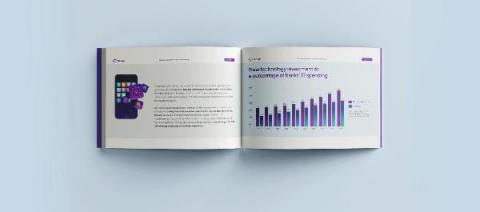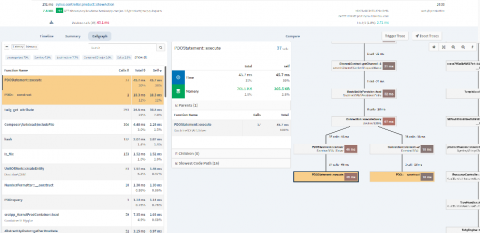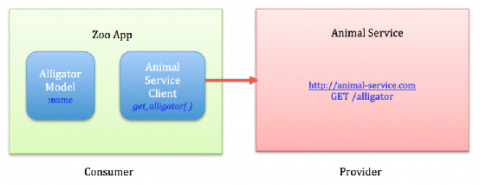Python Debugging: More Than Just A (Print) Statement
As most developers will agree, writing code is oftentimes, if not always, easier than debugging. As a simple definition, debugging is the process of understanding what is going on in your code. When speaking in terms of Python, it is a relatively simple process. Every developer has their own personal debugging method or tool they swear by. When it comes to Python, most developers use one (or more) of the following: print statements, traditional logging, a pdb debugger, or an IDE debugger.











